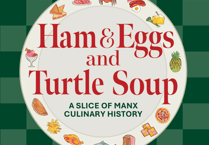With the arrival of autumn, communities across the Isle of Man are gathering for their annual mhelliahs, a tradition that dates back centuries and remains a cherished part of Manx culture.
Originally held at the end of the summer harvest, mhelliahs are a time for local residents to come together for auctions, dancing and plenty of celebration.
Records of the tradition go as far back as 1811, when George Woods described attending a mhelliah on the Calf of Man, where labourers were treated to ale, rum and lively dances.
Today, while some details have changed, the spirit of the mhelliah - community, generosity, and celebration - continues to thrive.
The mhelliah has a dual heritage, with its origins in both folkloric farm celebrations and chapel-based events.
The transition between these two traditions wasn’t straightforward.
Historically, farm-based mhelliahs centred around the culmination of the harvest, with the gathering of the last sheaf of corn - a significant moment known as the Babban ny Mheillea.
This sheaf would be fashioned into a figure that symbolised the bounty of the season and was often cut with great ceremony, accompanied by cheers from the field workers.
Once gathered, it became a key feature at the festivities that followed, which included feasting, dancing, and, as described by George Woods in 1811, the generous distribution of ale and rum.
Manx researcher Stephen Miller has extensively documented these earlier customs, noting how the introduction of agricultural mechanisation led to the decline of farm-based celebrations in their traditional form.
In his work, he notes that Canon John Kewley as an important figure in the history of Manx tradition, and in 1923 he published a piece based on his reminiscences of country life in the Isle of Man.
One of many interesting descriptions of a mhelliah reads: ‘The Mheillea at the end, the supper, the dancing on the barn loft that’s carefully dusted for the occasion, the wheezy concertina, which had to do duty for the fiddle, because the fiddlers had become few; the jough; the regret when it was announced that it was time to go home; the eager looking forward to next year’s Mheillea.’
He adds that the Mhelliah is when ‘everybody who has a farm gives, with abundance of strong beer’.

Today, what remains of the original farm-based mhelliahs can be seen as a revived practice rather than a continuous, unbroken tradition.
The folkloric roots are preserved, however, through educational efforts like those undertaken by Chloe Woolley from Culture Vannin and Jo Callister from the Department of Education, Sport and Culture (DESC), who have been bringing the stories of Babban ny Mheillea into schools as part of their Hop tu Naa Harvest Roadshow.
The mhelliah’s shift towards chapel-based celebrations began in the 19th century, as rural communities increasingly gathered in chapels to give thanks for the harvest.
Unlike their farm-based counterparts, which were closely tied to specific estates or agricultural settings, the chapel-based mhelliahs emphasised community involvement and collective celebration.

Yvonne Cresswell’s research highlights how these events became intertwined with chapel life, evolving to include elements like fundraising auctions, where donated goods were sold off to benefit the local community or the chapel itself.
Stephen Miller and Cresswell both point out that the chapel-based mhelliah allowed the tradition to remain relevant even as the agricultural focus waned.
In these events, the spirit of generosity and community remained central, with the auctions serving as a means to support both local causes and communal well-being.
While the celebrations have evolved over time, the essence of the mhelliah - community and a spirit of generosity - has stayed the same, with many island sporting clubs, societies and pubs keeping this ancient Manx traditional alive.
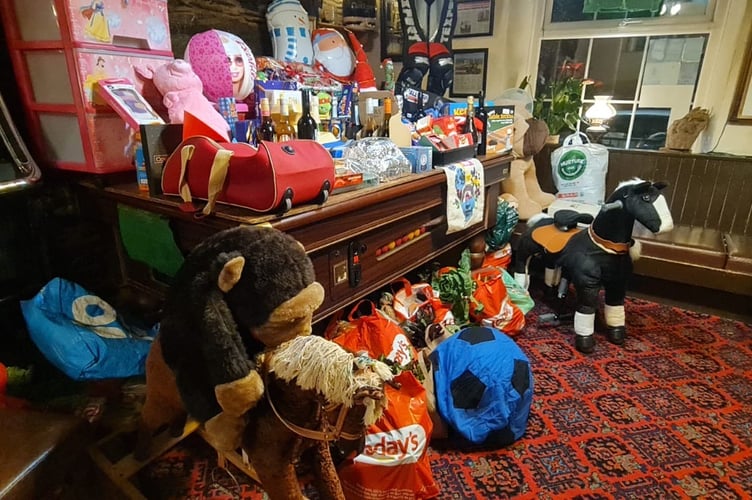
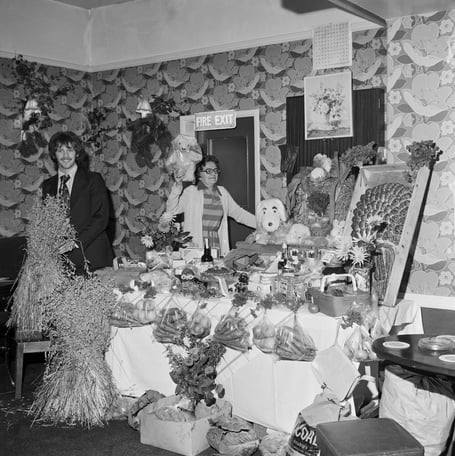
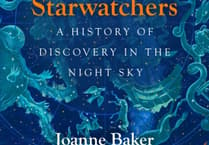
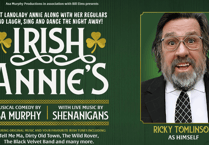
.png?width=209&height=140&crop=209:145,smart&quality=75)
